9 German Easter traditions and their meanings
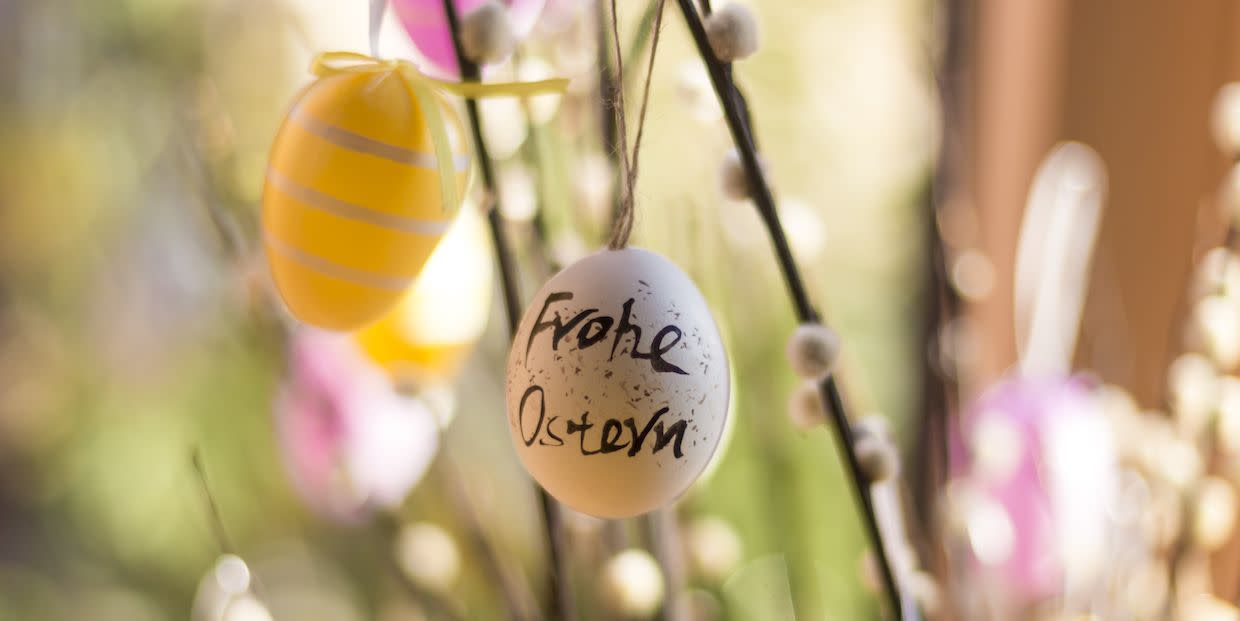
If you're looking for fresh spring decorating inspiration, look to the popular German Easter traditions for ideas.
1. Bunte Eier (painted eggs)
Eggs have long represented springtime. While Eastern Orthodox Christians were among the first to paint eggs, it was the Germans who first started hanging painted eggs on trees. Known as Bunte Eier or Osterei, many German families will cook and colour boiled eggs in the lead up to Easter, before hanging them from branches around the home and garden. Meanwhile, many supermarkets sell boxes of pre-painted Bunte Eier for those who want an easier (and less messy) decorating route.
2. Easter egg tree (Ostereierbaum)
The German Easter tradition of decorating branches and bushes with eggs is centuries old, although its origins still remain mysterious. The popular Easter tree, Ostereierbaum, has shown no sign of slowing down.
Celebrating Easter in Germany is about more than just an egg hunt. From painting egg shells to decorating twig trees, German Easter traditions have a long history, with some popular customs spreading around the world (such as the much-loved Easter bunny). Keep reading to find out what makes Germany so special at Easter...
Bunte Eier (painted eggs)
Eggs have long represented springtime. While Eastern Orthodox Christians were among the first to paint eggs, the Germans started hanging them on trees.
Known as Bunte Eier or Osterei, many German families will cook and colour boiled eggs in the lead up to Easter, before hanging them from branches around the home and garden.
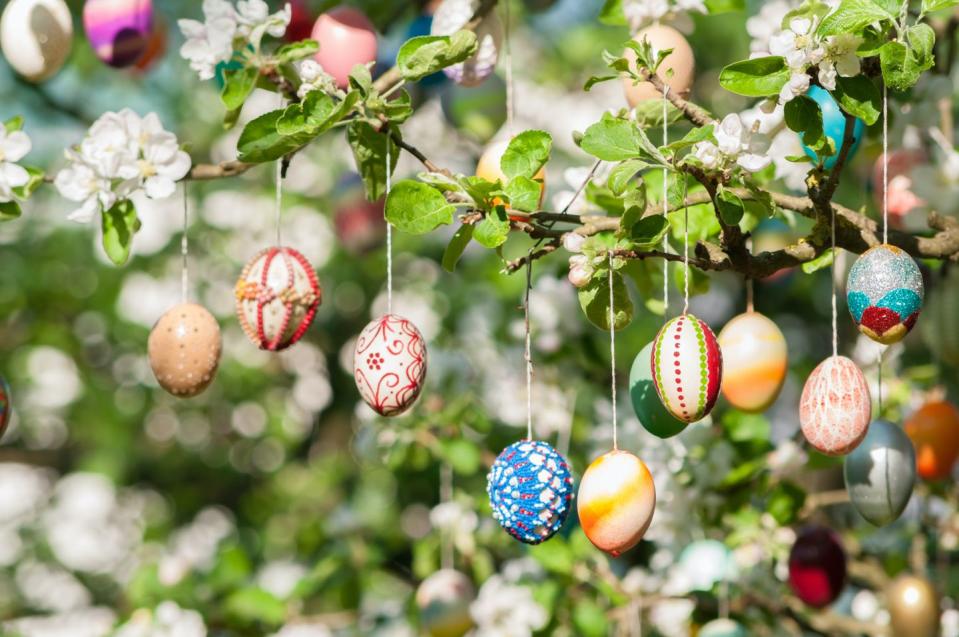
Easter bunny (Osterhase)
Spring is finally here, which means many of us have started buying chocolate rabbits and bunny decorations. One of the most prominent symbols of Easter, the origins of the Easter bunny stem from the Germanic and Saxon goddess of dawn and spring, Eostre. Meanwhile, Germans introduced the tradition of the Easter bunny to America, with children making nests for the Osterhase.
Pictured: 2 Pink Mottled Glass Bunny Easter Decorations, £49.99, Lights4Fun
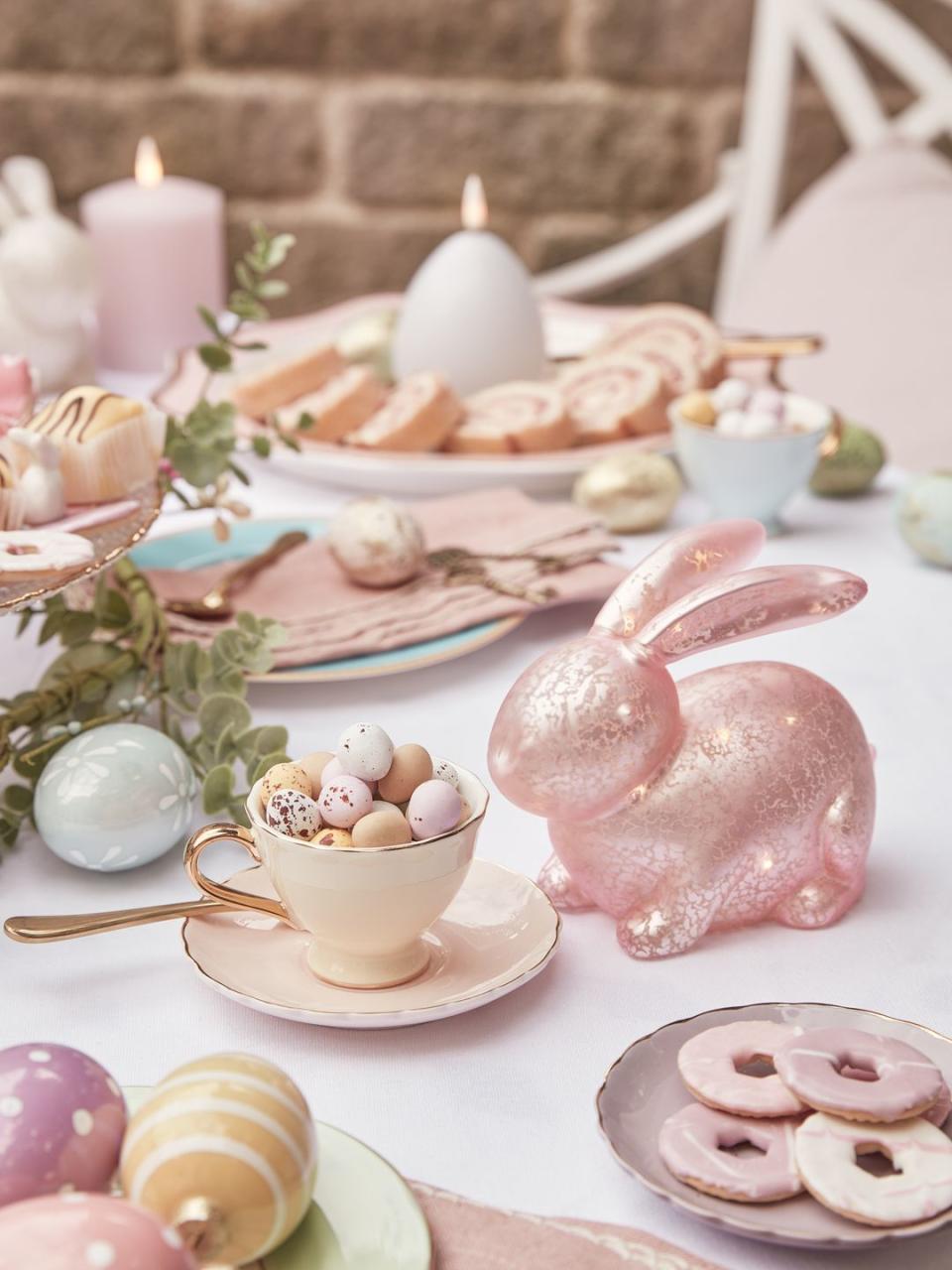
Easter egg tree (Ostereierbaum)
The German Easter tradition of decorating branches and bushes with eggs is centuries old, although its origins still remain mysterious. The popular Easter tree, Ostereierbaum, has shown no sign of slowing down, and is now adored in many European countries. Its popularity has seen many retailers stock white twig trees which can be decorated with egg ornaments. You can buy Easter trees from John Lewis, Lights4Fun (pictured), Amazon and Hobby Craft.
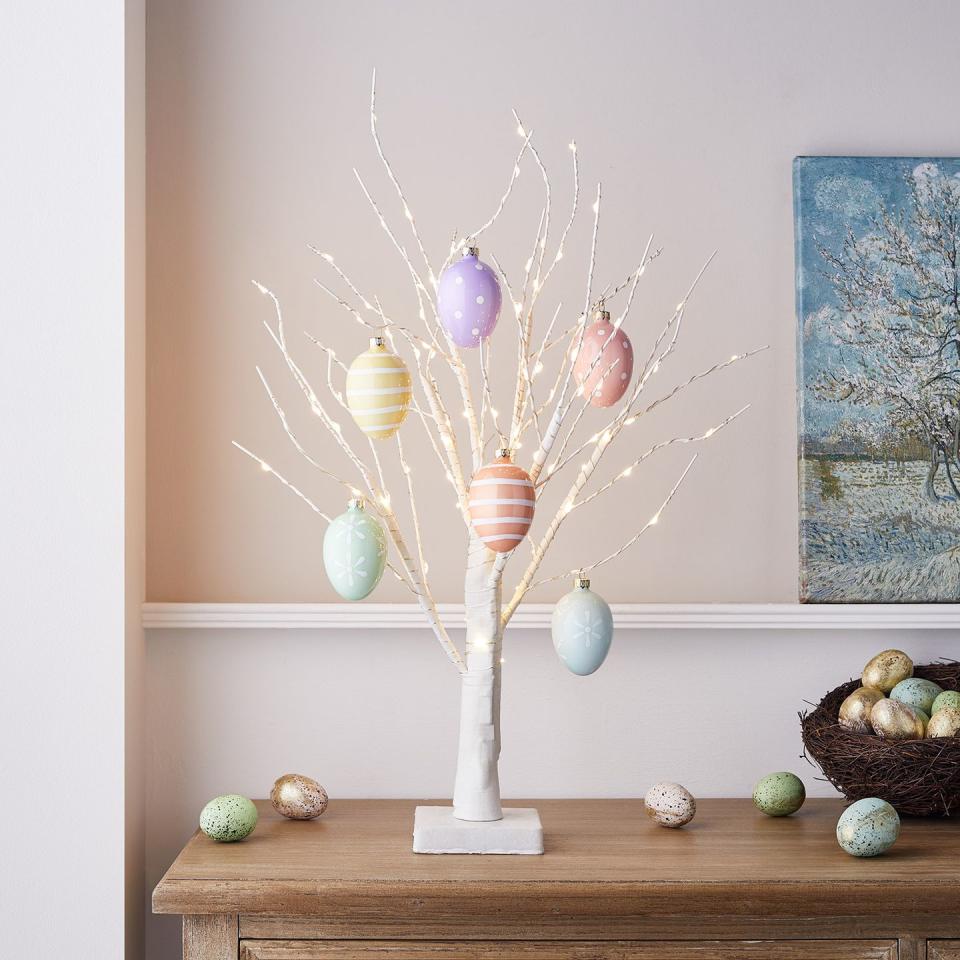
Easter brunch
Easter brunch is a big deal in German households. Beautifully laid with eggs, fresh flowers and the best crockery, highlights of an Easter brunch include an Osterkranz (Easter wreath), Aufschnitt (cooked meats), Brötchen (fresh rolls, usually from the local bakery), and of course, chocolate.
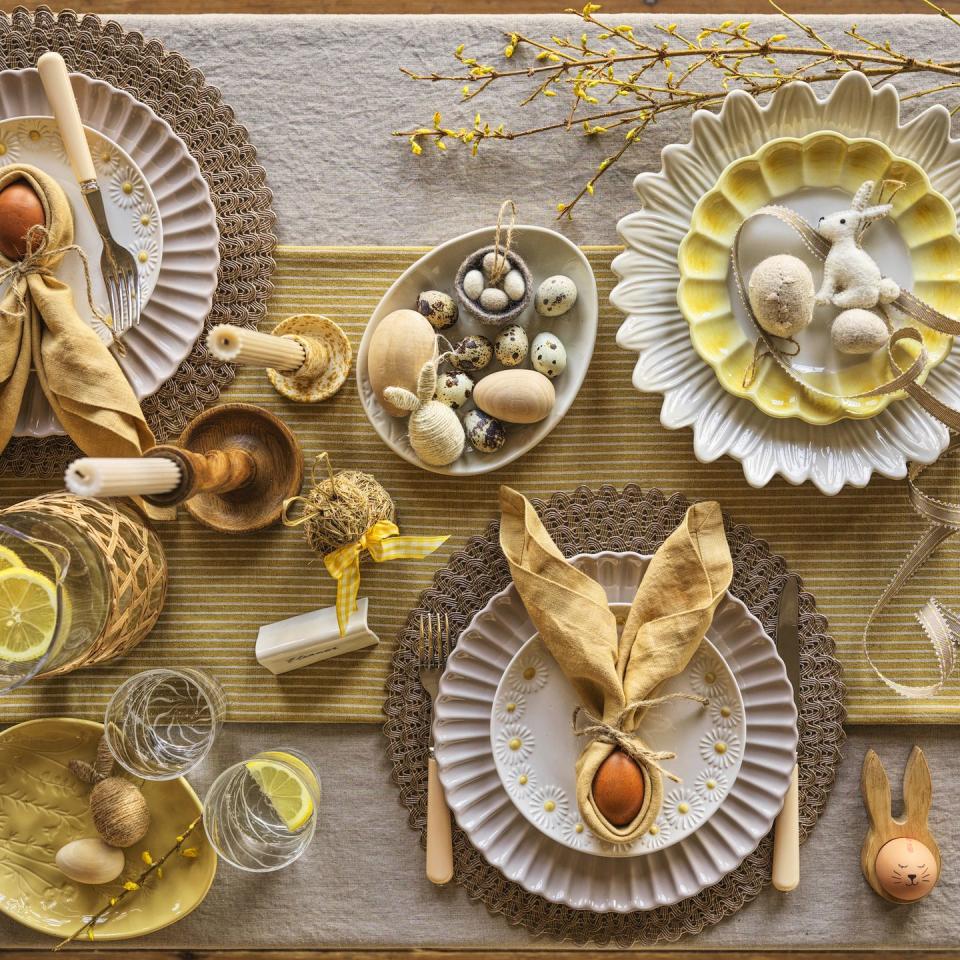
Easter lamb cake (Osterlamm)
A simple lamb-shaped cake exists in countries such as Germany, Poland, the Czech Republic, France and Italy. The white cake recipe is baked in a lamb (or bunny) mould for Easter and then decorated with white icing. Originating from Germany, it is thought to represent Jesus Christ as the sacrificial lamb of God.
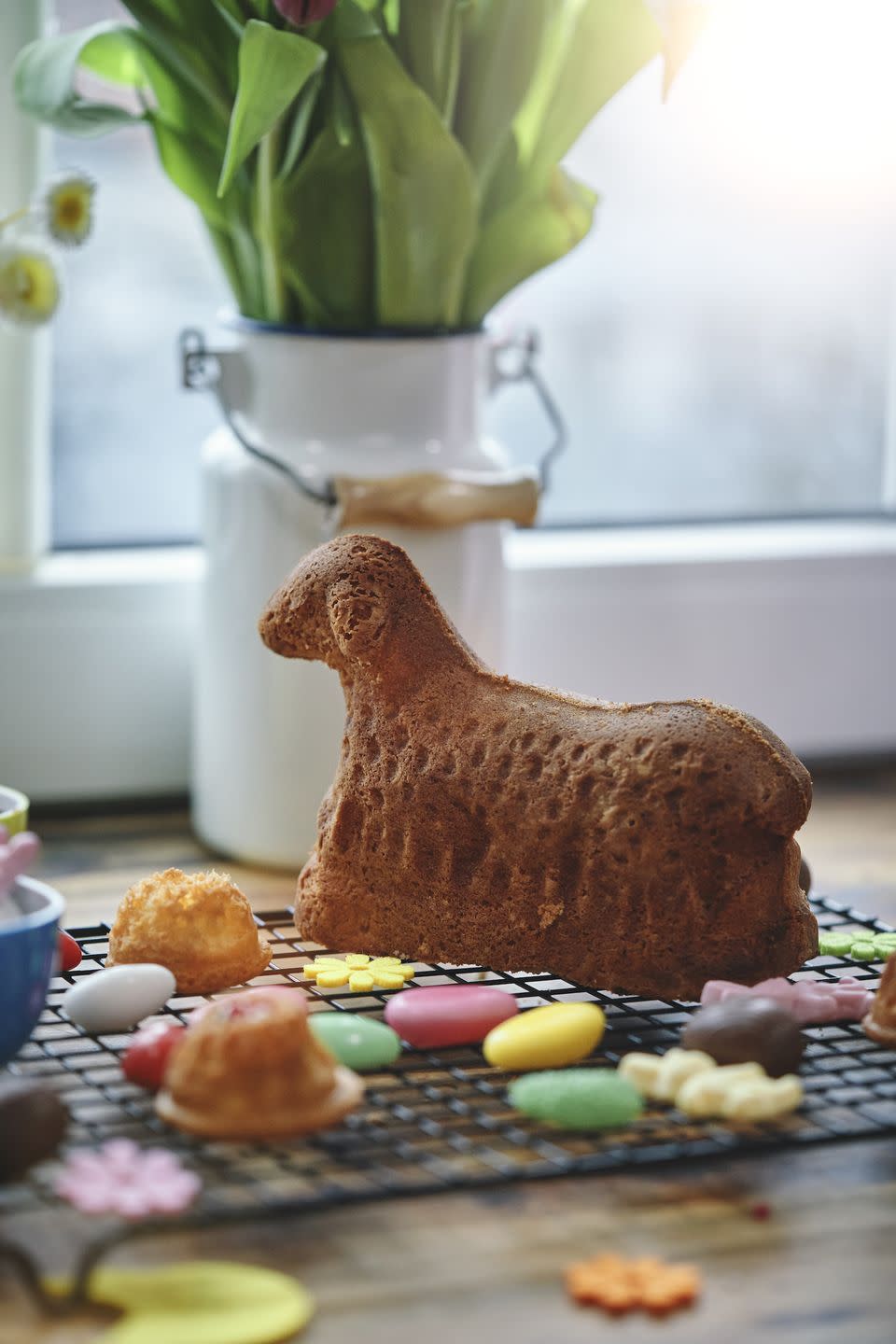
Easter riding (Osterreiten)
On Easter Sunday, the traditional Osterreiten (Easter riding) sees men riding horses in procession across the countryside to the southwest of Berlin. This is held on Easter Sunday to celebrate the resurrection of Jesus Christ. Men don top hats, long coats and black ties.
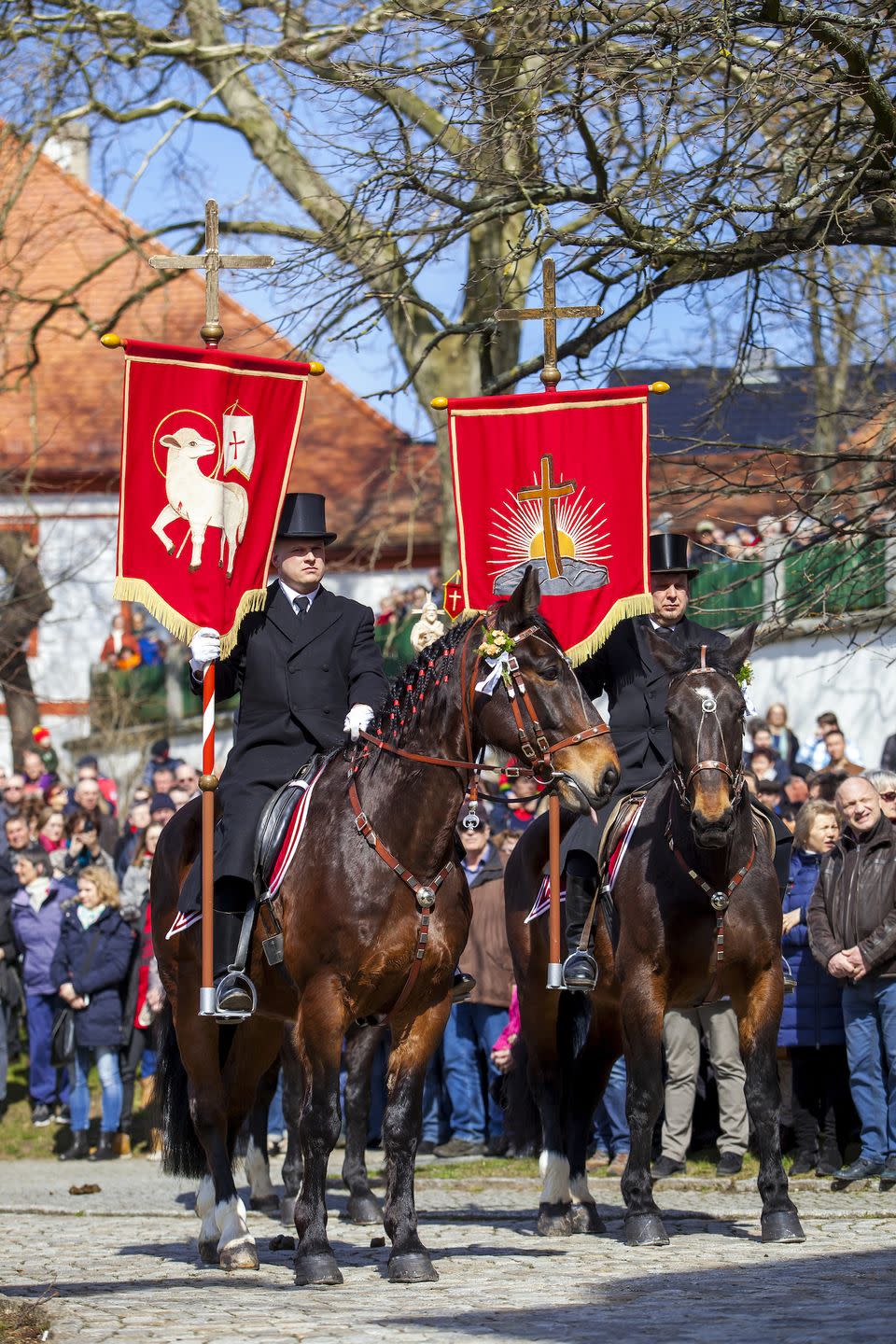
Easter bouquet
The German tradition of Easter bouquets is all about bringing the outdoors in. Many households cut branches from blossom trees (or forsythias) on Maundy Thursday and put them in a vase until Easter Sunday. To complete the look, families paint and decorate the eggshells several days before Easter.
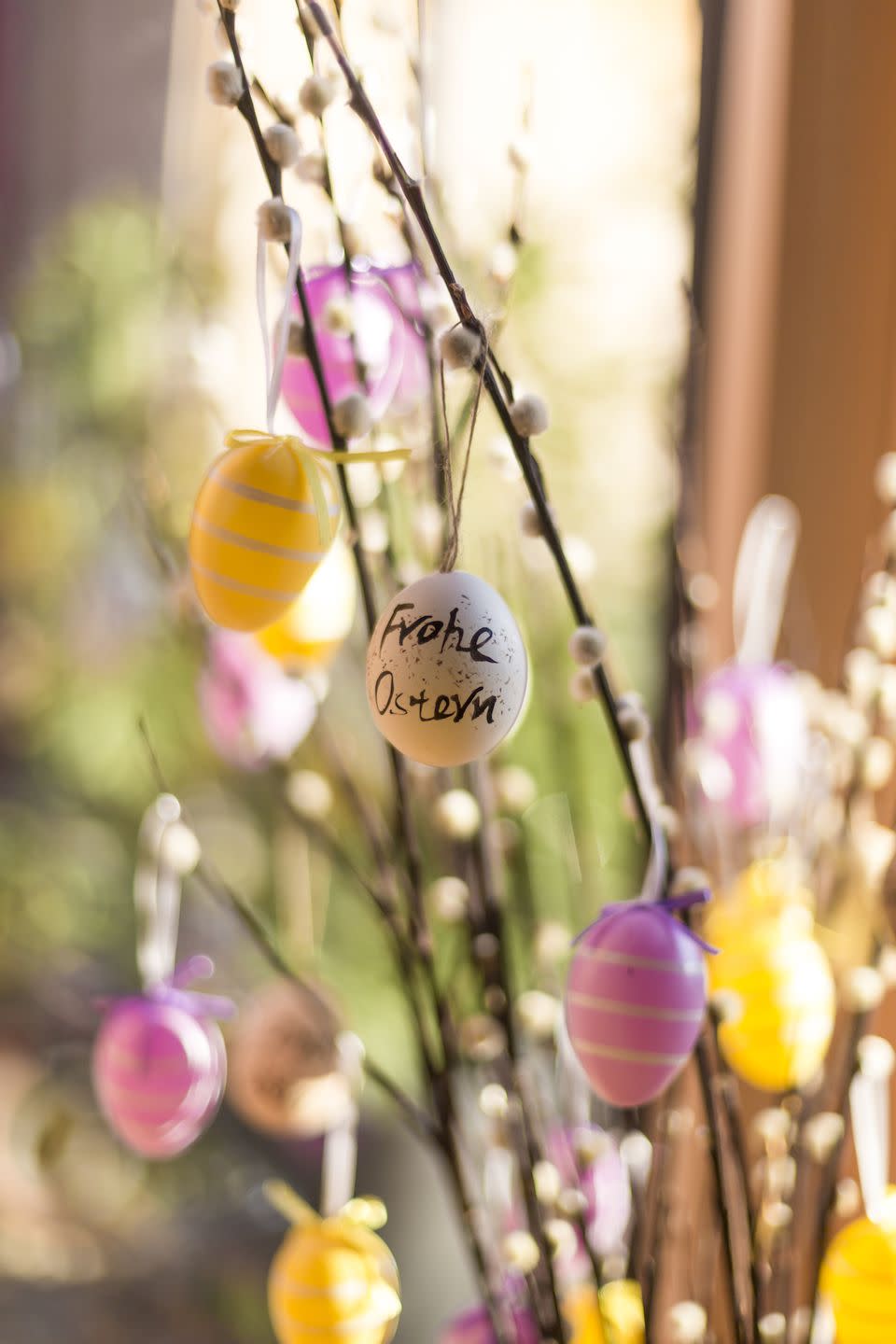
Green Thursday (Gründonnerstag)
In Germany, Maundy Thursday is known as Gründonnerstag (Green Thursday). Marking the end of Lent, Germans celebrate the day by eating something green — such as spinach, which is a firm favourite. Many households will add a big green salad to their evening meal to celebrate.
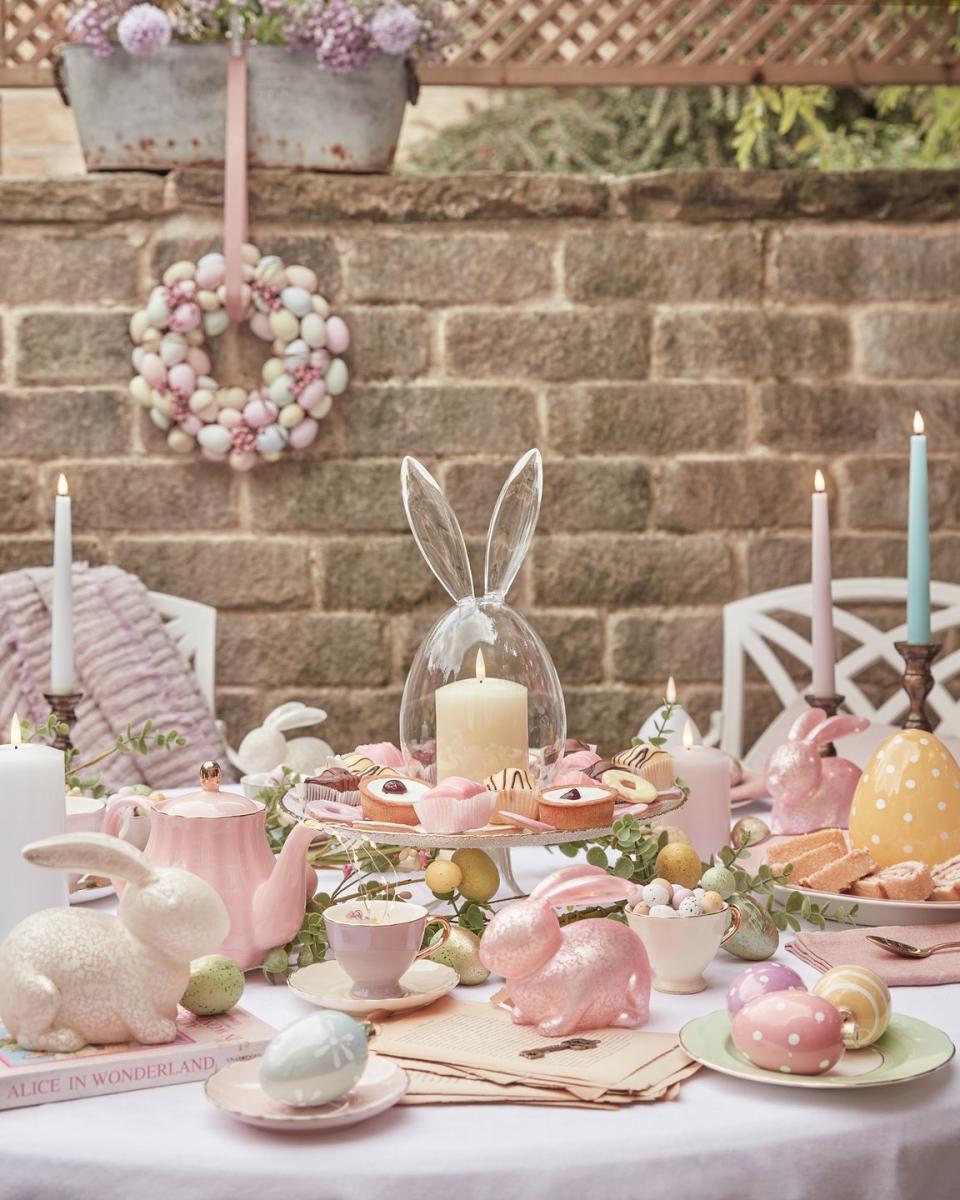
Easter bonfire (Osterfeuer)
Easter bonfires (Osterfeuer) in Germany have been around for decades. Traditionally, the people of Hanover, Westphalia and Lower Saxony marked the end of winter with Easter fires on the evening before Easter Sunday. They tend to occur in beachfront areas, and represent light overcoming the darkness.
Follow House Beautiful on TikTok and Instagram.
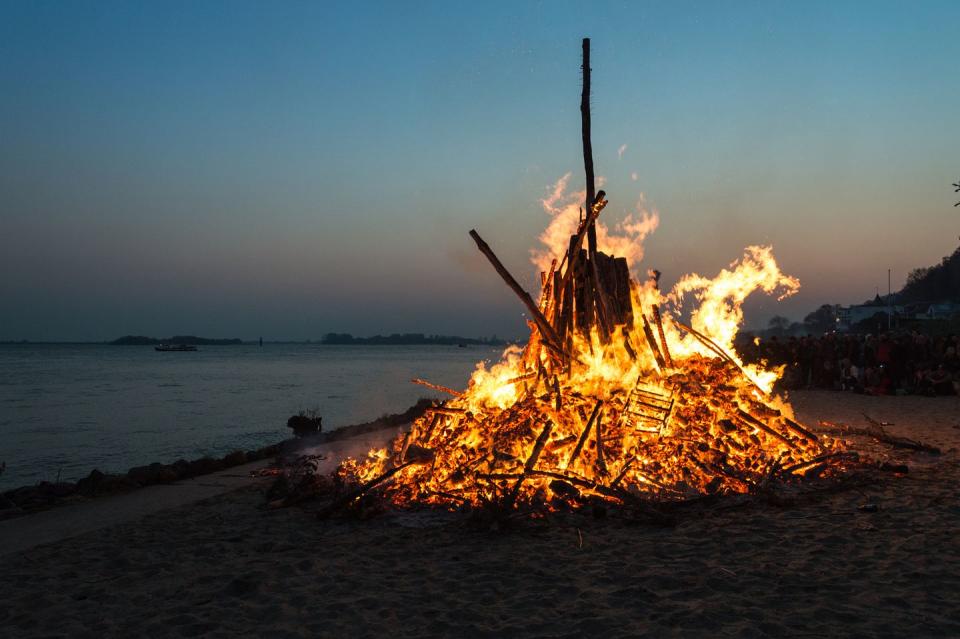
You Might Also Like

 Yahoo Movies
Yahoo Movies 

